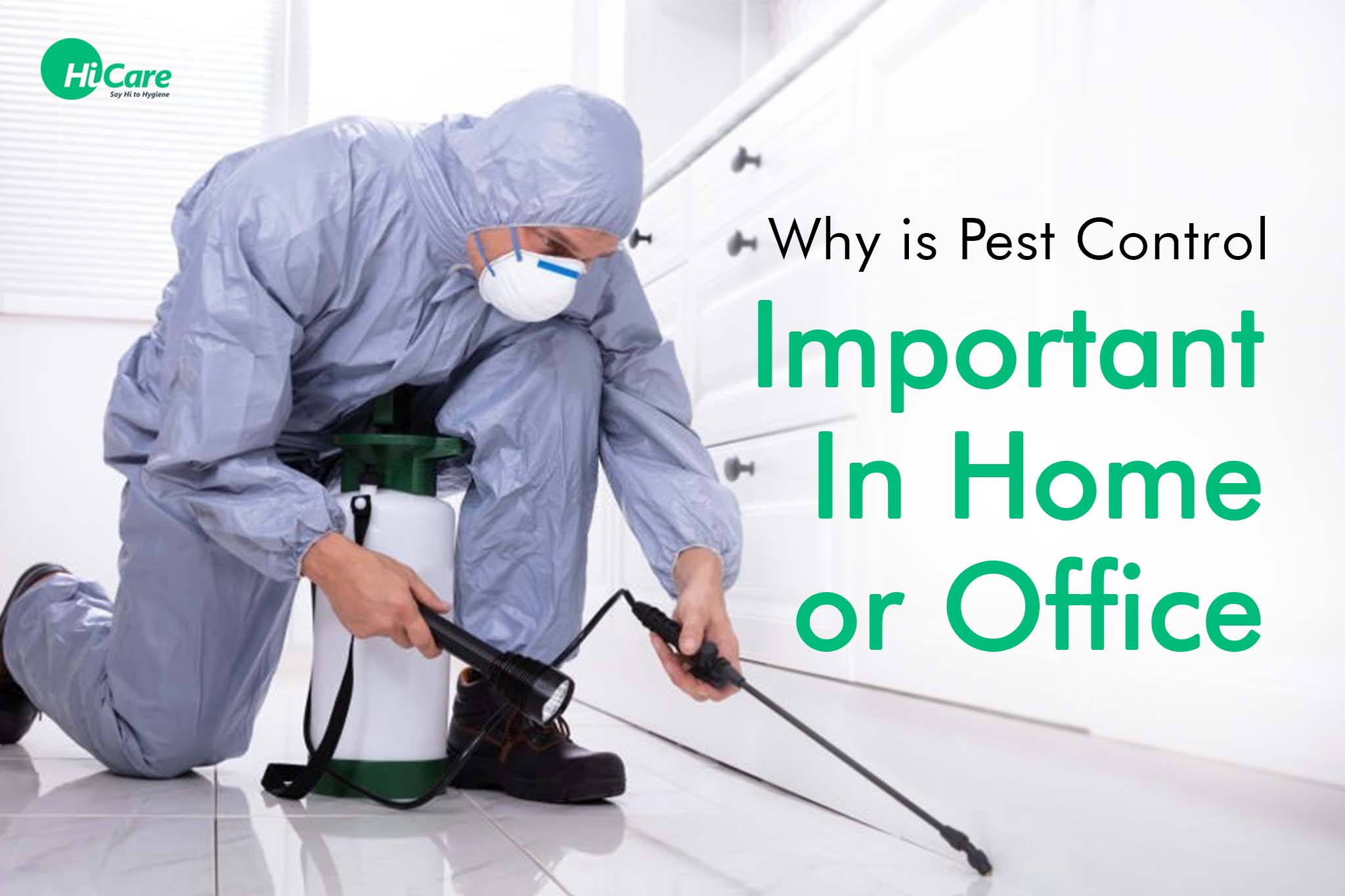Safe and Trustworthy Parasite Control for Lasting Security
Efficient pest monitoring calls for a multifaceted technique that balances eco-friendly honesty with the need for effective bug reductions. The nuances of these techniques might not be right away clear, triggering a better assessment of the techniques that can lead to sustainable insect control results.
Recognizing Pest Control Approaches
Pest control encompasses a selection of approaches focused on managing and eliminating unwanted pests and rodents that can endanger both wellness and residential or commercial property. Understanding these methods is essential for effective parasite management.
The primary categories of insect control approaches include mechanical, biological, and chemical approaches. Mechanical methods involve physical obstacles and catches to avoid pest entrance and capture unwanted species. Making use of screens on windows or using sticky traps can significantly minimize parasite populations without presenting unsafe substances - exterminator coquitlam.

Chemical parasite control is commonly the most acknowledged technique, making use of chemicals to remove insects. These chemicals can be efficient but should be used with care to prevent damaging results on non-target varieties and the setting.
Advantages of Eco-Friendly Solutions
Just how can environment-friendly remedies transform parasite control methods? The fostering of green pest control methods offers numerous benefits, considerably enhancing the effectiveness and security of bug management.

An additional benefit is the favorable influence on regional biodiversity. Eco-friendly solutions are developed to target details bugs while maintaining valuable pests and wild animals, promoting a well balanced environment. This strategy straightens with the growing consumer demand for sustainable techniques, improving the credibility of pest control service providers.
Integrated Pest Monitoring Strategies
The execution of eco-friendly options naturally leads to the fostering of Integrated Parasite Administration (IPM) strategies, which further enhance pest control efficiency. IPM is a holistic method that combines multiple strategies to handle pest populaces while lessening environmental impact. This method emphasizes making use of biological, social, mechanical, and chemical controls, making certain a lasting and balanced method of bug management.
One fundamental aspect of IPM is the comprehensive analysis of insect activity and environmental conditions. By keeping an eye on pest populaces and determining their life process, experts can implement targeted interventions that interfere with the insect's habitat or lifecycle, lowering dependence on chemical pesticides. Furthermore, social techniques such as plant rotation and environment adjustment can considerably diminish pest facility and reproduction.
Another critical component is the use of organic control representatives, such as helpful pests or microorganisms, which can naturally subdue insect populations. When chemical applications are essential, IPM prioritizes the usage of low-risk pesticides and uses them precisely, discover this minimizing direct exposure to non-target organisms and humans.
Integrating IPM methods not only improves parasite control efficiency but also advertises a much safer ecosystem, lining up with the growing demand for sustainable practices in parasite administration.
Safe Practices for Home Owners
Comprehending the relevance of safe methods in parasite control can equip homeowners to successfully take care of bug issues while securing their health and wellness and the atmosphere. Executing precautionary measures and non-toxic methods is critical in lessening exposure to damaging chemicals.
Homeowners should first examine their environment for conditions that bring in insects, such as standing food, mess, and water waste. Regularly cleansing and sealing entrance factors can deter bugs from attacking the home. Utilizing all-natural deterrents, such as essential oils or diatomaceous earth, can provide reliable options to chemical pesticides.
When chemical treatments are necessary, homeowners need to go with items that are specifically classified as secure for property use. It is important to follow application standards thoroughly to prevent overexposure. In addition, using targeted therapies in locations where parasites are identified, as opposed to covering spraying, can substantially lower chemical usage.
Finally, maintaining open communication with parasite control specialists is essential. Property owners need to inquire concerning the safety of products made use of and request environment-friendly alternatives whenever feasible. By taking on these risk-free practices, homeowners can pest control needed create a much healthier living environment while efficiently taking care of parasite problems.

Tips for Long-Term Defense
Establishing a pest administration technique that stresses long-term security can greatly improve the performance of the secure practices previously gone over. To attain this, home owners must apply regular evaluations of their residential property, concentrating on hidden locations such as attics, basements, and crawl areas. Early detection of parasite task is vital in avoiding problems from holding.
These practices lower attractants that draw pests right into the home. Securing access factors, such as fractures around home windows and doors, can effectively block prospective insect accessibility.
Landscape design ought to additionally be considered; keeping plants cut and preserving a range between plants and the home reduces hiding places for bugs. Making use of natural deterrents, such as vital oils or diatomaceous planet, can better inhibit infestations without considering harsh chemicals.
Lastly, teaming up house and pest inspection with a professional parasite control service for periodic evaluations can provide an added layer of protection. These specialists can supply customized suggestions and advanced therapies, making certain that your home remains protected against parasites in the long term.
Conclusion
In final thought, secure and trustworthy insect control needs a diverse strategy that stresses environment-friendly methods and incorporated pest monitoring. By applying all-natural deterrents, conducting regular examinations, and keeping appropriate hygiene, residential property proprietors can significantly reduce parasite populaces while securing beneficial insects and the setting. Collaboration with specialist bug control services enhances the performance of these strategies, guaranteeing tailored remedies that give long lasting protection and assurance against future invasions.
Reliable bug management calls for a complex strategy that balances ecological integrity with the requirement for reliable parasite suppression. The adoption of environment-friendly pest control approaches offers various benefits, considerably boosting the effectiveness and safety and security of pest administration.The application of environment-friendly services normally leads to the adoption of Integrated Parasite Management (IPM) strategies, which even more enhance pest control efficacy. exterminator coquitlam. By checking pest populations and determining their life cycles, experts can execute targeted interventions that interfere with the bug's habitat or lifecycle, minimizing reliance on chemical pesticides.In final thought, safe and trusted pest control requires a multifaceted technique that stresses eco-friendly techniques and integrated pest monitoring